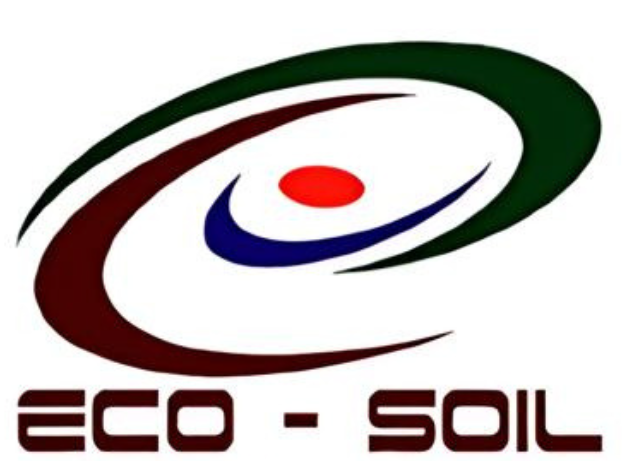
WHY OUR SPECIALTY PRODUCTS ARE ALL SULPHUR BASED?
Nitrogen (N), Phosphorus (P) and Potassium (K) are critical components of a well-fertilized crop. Sulphur (S) is regarded as the 4th major plant nutrient & plays critical roles in:
- Formation of chlorophyll that permits photosynthesis through which plants produce starch, sugars, oils, fats, vitamins and other compounds.
- Synthesis of oils. This is why Sulphur is so crucial for palm oil – it improves protein and oil percentage in seeds!
- Protein production. Sulphur is a constituent of three amino acids (cysteine, cystine and methionine), which are the building blocks of protein.
SULPHUR DEFICIENCY & COMMON MISCONCEPTION
Sulphur deficiency symptoms on plant foliage resemble those caused by Nitrogen deficiency – the leaves become pale-yellow or light green (usually Sulphur deficiency symptoms appear first on the younger leaves and persist even after Nitrogen application). However, the usual misdiagnosis based on the symptoms is lack of Nitrogen, and farmers end up adding more Nitrogen, which is a costly mistake. Due to this misconception:
- Sulphur deficiency has been overlooked for too long and has become a major nutrient disorder in Europe and other parts of the world. {Source: F. M. E Schnug E, Haneklaus S. 1998. Diagnosis of sulfur nutrition}
- The application of Sulphur in various forms to crops is now advocated in order to compensate for this deficiency. {Source: Riley NG, Zhao FJ, McGrath SP. 2000. Availability of different forms of sulphur fertilizers to wheat and oilseed grape}
- Adding more Nitrogen only increases cost, further exacerbates the S-NPK imbalance in the soil AND increases more Nitrogen runoff pollution. Read more on why this is a major environmental crisis that can easily be avoided by clicking here.
SULPHUR CYCLE: WHAT HAS CHANGED THAT IS LEADING TO WIDESPREAD SULPHUR DEFICIENCY?
Sulphur deficiency was rare before the 1990s, due to the presence of Sulphur in fertilizers and atmospheric deposition, including from automobile fumes (due to fuels which contained Sulphur). Over the last decade the Sulphur balance has shifted toward deficit as a result of decreased Sulphur pollution due to emission controls.

Research done in UK indicated that Sulphur deficiency has increased substantially in many crops (in the UK) and is predicted to increase further because the decreasing trend in Sulphur emissions is expected to continue. {Source: Sulphur nutrition and the sulphur cycle, F.J. Zhao, S.P.McGrath & M.J. Hawkesford}
WHAT IS THE SOLUTION?
Generally, it is assumed that Sulphur is available in abundance due to Atmospheric Deposition, thus less importance is given to artificially enrich the soils with Sulphur. However, research is indicating that we are reaching a period of Sulphur deficiency in most agricultural soils. The solution is simple – bring back Sulphur application as it was done before!
WHAT IS SULPHUR’S SPECIFIC ROLE IN PLANT GROWTH?
Sulphur acts synergistically with Nitrogen, the most applied nutrient. Both Nitrogen and Sulphur improve each other’s efficiency and their combined impact on yield and nutrient recovery by crops is bigger than the sum of their individual effects.
Sulphur helps metabolize Nitrogen – If a plant tissue test reveals Sulphur deficiency, it probably will show a Nitrogen deficiency too. Since both are structure-building components, Sulphur (like Nitrogen) is required early in the season. This is why tests show such a significant improvement by just adding Sulphur to the equation!
IS THAT ALL?
Sulfur is also the oldest known fungicide to man, in fact in the early 20th century it was the most important fungicide for fruit diseases, until artificial solutions were introduced by agro-chemical companies.
Phytoalexins are a type of naturally produced defense mechanisms of plant species. What is interesting is certain plant species from diverse families produce elemental Sulphur as a localized component of their own Phytoalexins, i.e. some plants produce their own Sulphur as a defense mechanism against fungal diseases & pathogens! Thus, Sulphur has always been recognized by nature & man as an integral part of plant health, it is time to bring this natural solution back to agriculture.
SULPHUR & JADAM AGRICULTURE
JADAM is a South Korean low-cost agricultural practice, which uses Sulphur extensively as their input material. This “open source” formulations are proven to be very effective in controlling pests and diseases, as well as improving plant overall health. Read more on why JADAM method may represent future of Agriculture by clicking here.
FURTHER REFERENCES ON SULPHUR
Sulphur’s role in optimal fertilization:
Sulphur’s role in plant health:
